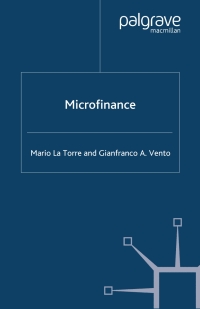Answered step by step
Verified Expert Solution
Question
1 Approved Answer
Digital logic design Aim: Extending 4 input variable digital logic designs to greater number of input variables. Objectives: 1. Pairing a multiplexer and 4 input
Digital logic design 


Aim: Extending 4 input variable digital logic designs to greater number of input variables. Objectives: 1. Pairing a multiplexer and 4 input variables circuits, after reducing the circuits to their minimum number of literals format. 2. Pairing multiplexers and decoders as an alternative method for beyond 4 input variable circuit design 3. Multiplexer insertion into design as a switch, connected to the enable pin of decoders or simplified circuit outputs. Background: A coffee shop owner, with an electrical engineering degree, wanted to upgrade his/her coffee shop. The coffee shop was run in a traditional manner, where a customer would order from a preset menu at the counter. This method was satisfactory, except that the overwhelming suggestion from customers given in the feedback form, was that customers would be happier to create their own coffee blends. For such a reason, the coffee shop owner looked at the possible coffee blends that could be created with the available ingredients at hand. The first step he/she took was to list all possible parameters that could be changed to produce all coffee combinations, as shown in Table 1. Table 1. Available parameters that can be changed to produce all coffee combinations. Item Number Parameter (1/0) 1 Coffee / Decat 2 Hot / Cold Milk/No Milk Sugar / No Sugar 5 Large / Small 3 4 Using Table 1, the owner then set out to list possible combinations that will produce tasty coffee blends. To make the work easier, he/she realized that in the Parameter column of Table 1, for every row, there are only 2 different selections. Therefore, with this realization, the first item within the Parameter 1/5 column was assigned a 1 while the second item was assigned a 0. This provided a method to map the problem into a binary problem using bits. Accordingly, he/she arranged the items in a bit sequence as shown in Table 2, to give unique combinations for the different tasty coffee blends to be served to customers. Table 2. Assigning bits to the parameters. Item Number 2 Parameter Coffee Decaf Hot/Cold Milk/No Milk Sugar/No Sugar Large Small Assigned Bit (A) A A A A. A, 11101 It is now possible for the owner to make coffee blends using a unique bit sequence identifier for each blend. For example, an espresso, that is a hot coffee served without milk nor sugar in a small cup, can be assigned a bit sequence A = 11000 Using this method the owner creates a list of all possible coffees as shown in Table 3. Table 3. Possible coffee blends and unique bit sequence identifier of each blend. Coffee Blend Bit Sequence Identifier (A = A.A.A.A.A.) Black 11001 Espresso 11000 Flat White Cappuccino 11111 Iced Latte 01111 Decaf Latte 11100 Decaf Black 01001 Decaf Espresso 01000 Iced Black 10010 Iced Espresso 11010 Iced Decaf 00011 Iced Decaf Espresso Iced Flat White 10101 Iced Flat Sugar White 10111 Part 1. After completing the list shown in Table 3, the owner would like to build a small device, using digital logic ICs, that will help him/her identify the different parameters that constitutes a customer's order, to help his staff prepare the order. On the customer's end, the list will help customize an order by using one of the unique names given to each coffee blend. 00010 2/5 


Step by Step Solution
There are 3 Steps involved in it
Step: 1

Get Instant Access to Expert-Tailored Solutions
See step-by-step solutions with expert insights and AI powered tools for academic success
Step: 2

Step: 3

Ace Your Homework with AI
Get the answers you need in no time with our AI-driven, step-by-step assistance
Get Started


